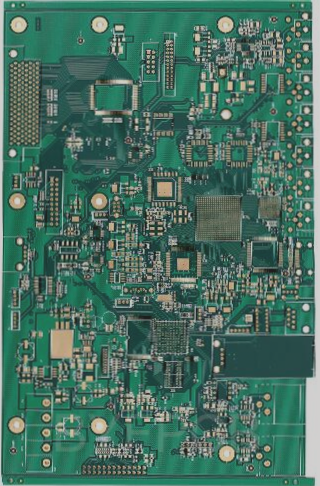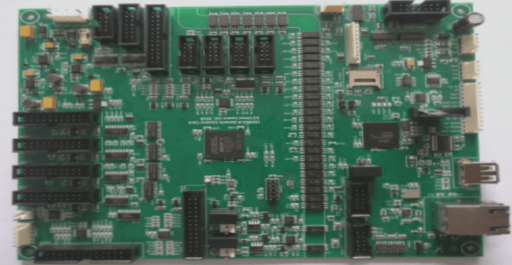Common High-Speed PCB Issues and Solutions
High-speed PCBs often face various challenges like overshoot, crosstalk, ringing, and more. To assist in understanding and research, leading simulation software providers have categorized these issues as follows:
1. Classification of SI Problems
- Reflection
- Crosstalk
- Overshoot
- Undershoot
- Monotonicity
Solutions involve addressing driving concerns, calculating termination resistance, evaluating PCB stack-up structure and characteristic impedance, and analyzing routing topology.
2. Evolution of SI Analysis
Companies like Huawei and ZTE introduced advanced simulation techniques from abroad in the late 20th century. The industry has since gained extensive experience with common SI problems, focusing on stack-up design, impedance control, and topology and termination matching methods.
3. Timing Challenges
Timing remains critical, with designers relying on solutions from core chip manufacturers. Mainstream simulation software support in this area is somewhat limited. The author will delve into timing-related issues such as common clocks, source synchronous clocks, and internal synchronous clocks.

4. Simulation Challenges in the GHz Range
Transmission issues in the microwave frequency range, known as GHz simulation analysis, require addressing trace and via dimensions and materials on the transmission link. This area has seen increased interest, with software tools like ADS, CST, and Sigrity dominating the 3D Full-Wave EM field.
5. Power Integrity Analysis
Power Integrity (PI) has become crucial as voltages decrease and power consumption rises. PI analysis focuses on identifying current and temperature hot spots, guiding design and layout, optimizing capacitor selection, determining resonant frequencies, and assisting in power supply design through simulations.
Addressing DC Voltage Drop Issues in PCB Design
When it comes to PCB design, one of the key concerns is addressing DC voltage drop problems, also known as IR-Drop. There are several simulation tools available that can help with this issue, each offering its own advantages.
- Cadence’s Latest PDN Tool in SPB16.5: Many PCB manufacturers are now using Cadence’s latest PDN tool for simulation, which comes with simple algorithms and has proven to be effective.
- Traditional Tools like Power DC and SI Wave: Despite the emergence of new tools, traditional options like Power DC and SI Wave continue to perform well in addressing DC voltage drop issues.
- Power SI and Speed 2000: The combination of Power SI and Speed 2000 is considered a pioneer in analyzing power planes from the perspective of target impedance, with SI Wave leading the way in this field.
- Optimize PI Tool: More cutting-edge tools like Optimize PI have recently emerged, offering PI engineers an intuitive and easy-to-use solution for capacitance optimization and PI simulation. This tool simplifies the process, making it accessible to all engineers.
If you have any questions or need assistance with your PCB design, feel free to contact us at info@wellcircuits.com.




